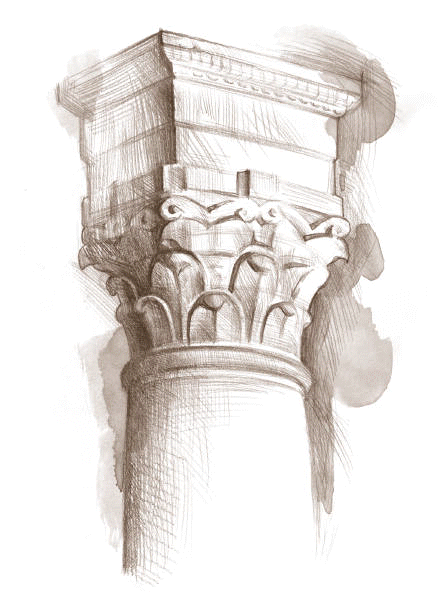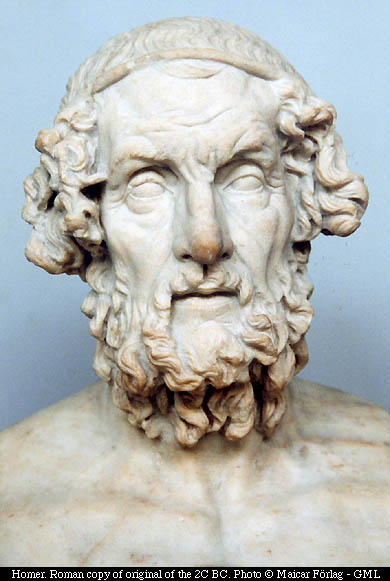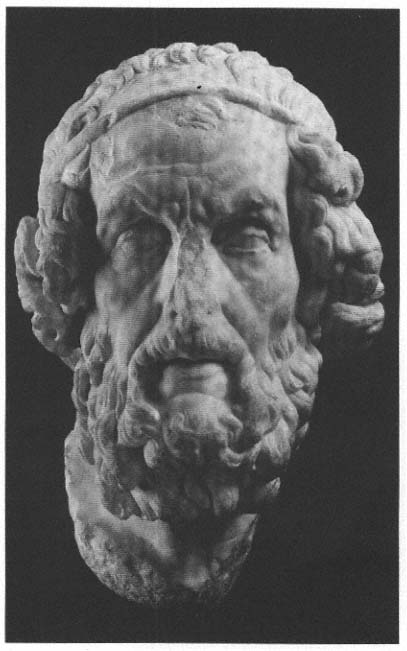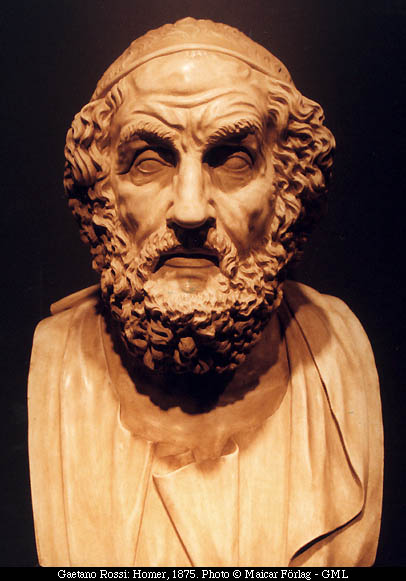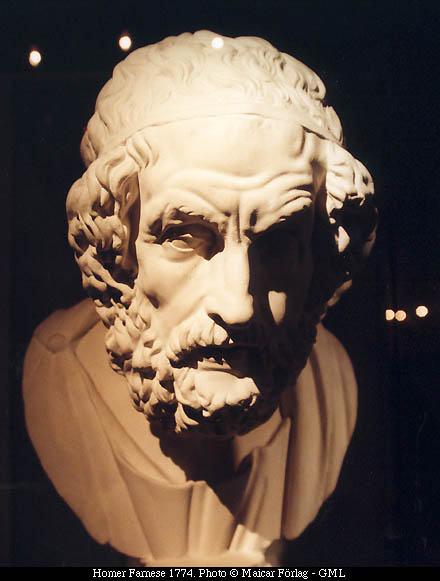BUSTS

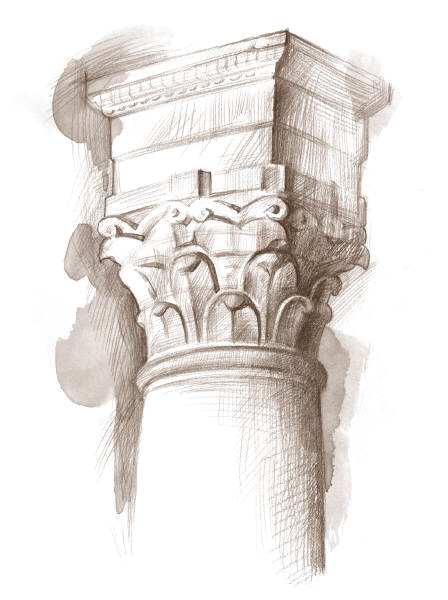
Most of the time Homer is displayed in artwork, he is shown with a full, flowing beard and a headband. While these features were common among those living in that time and place, Homer’s beard seems to be relatively overemphasized and the headband is consistently present.
HISTORICAL SIGNIFICANCE OF BEARDS
The Columbia Electronic Encyclopedia, 6th ed. Copyright © 2005, Columbia University Press.
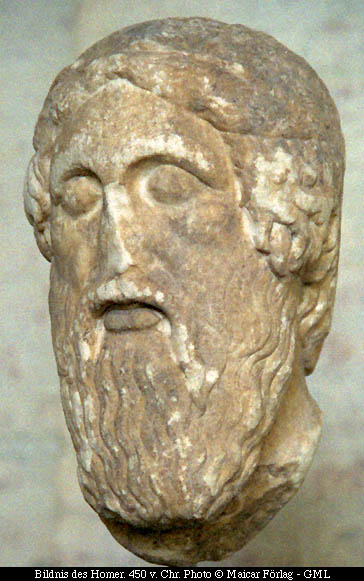
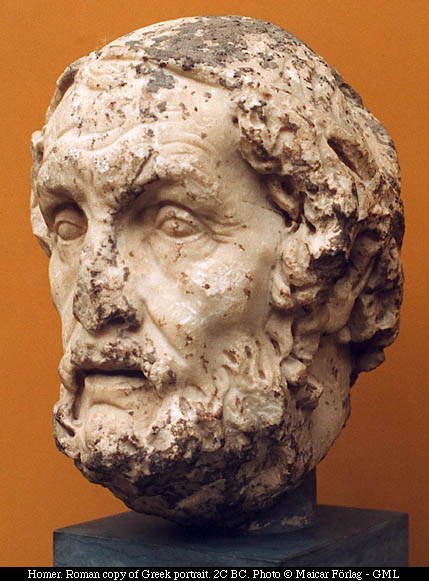
Bust from 450 BC. Glyptothek, München Roman copy of a Greek portrait 2C BC. Glyptotek, Copenhagen
Marble terminal bust of Homer. Roman copy of a lost Roman copy of a High Hellenistic statue ca. 200 BC. Hellenistic original of the 2nd century BC. Baiae, Italy. British Museum, London. Boston, Museum of Fine Arts
(Click on bust for additional information)
Bust by Gaetano Rossi, 1875, made after a Roman copy. Büste des Homer Farnese 1774. Gebrüder Ferrari, Museum für vor und Frügeschichte, Berlin. Leipzig.
(Click on bust for more photographs of this replica on a cruise ship)
Reproduction in brown sandstone. Reproduction in bronze.
(Click on bust for additional information)
